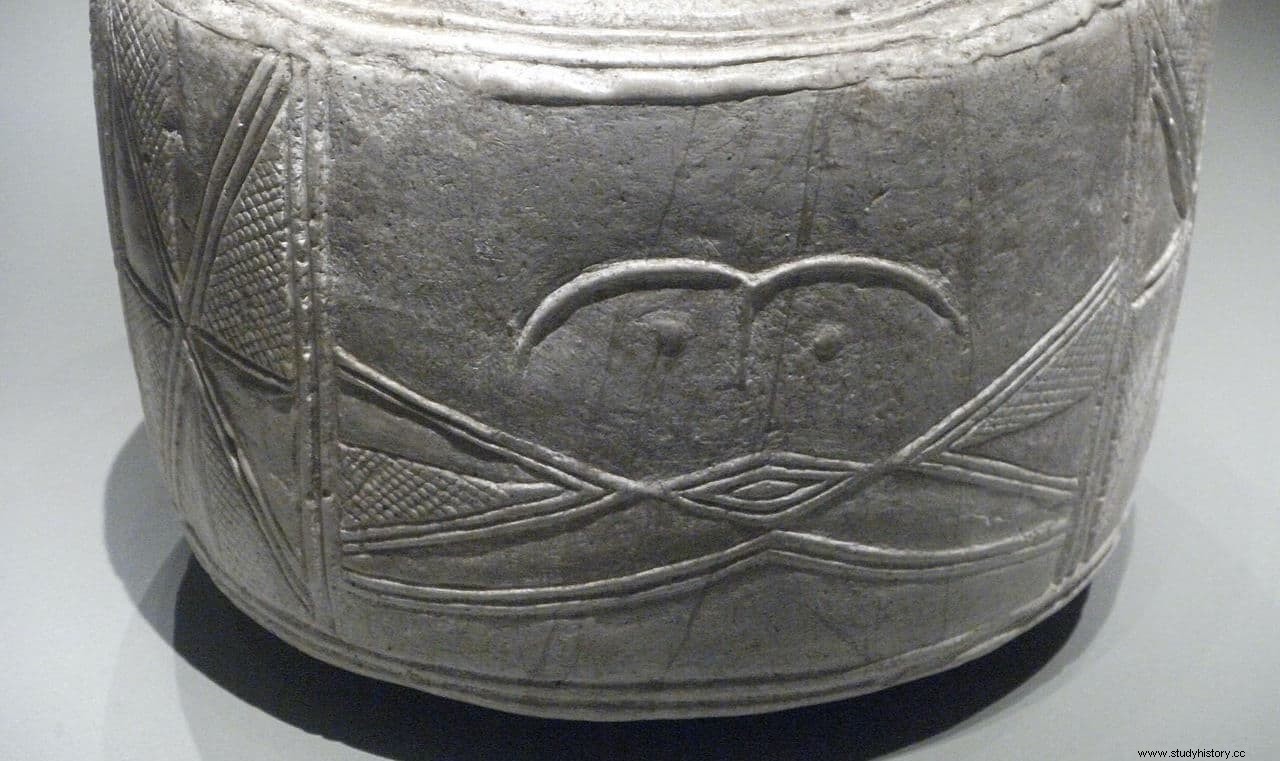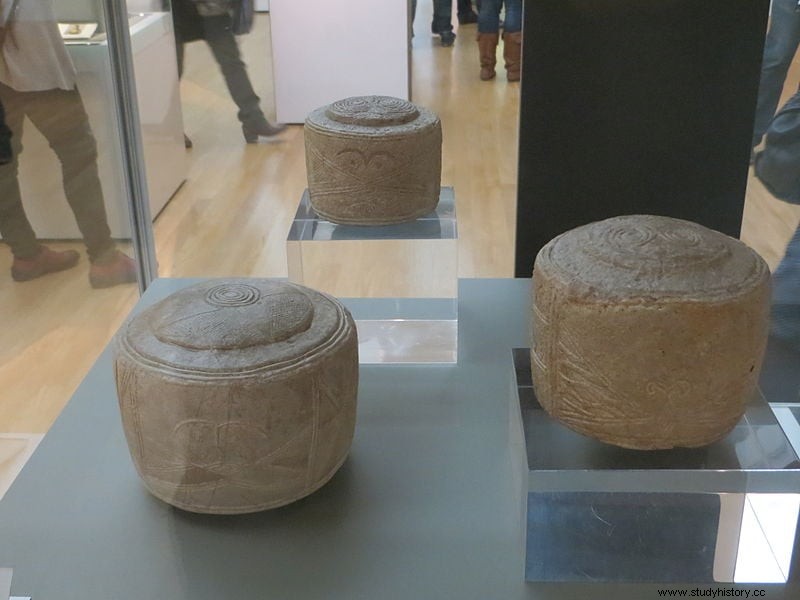Some time ago we dedicated an article to the enigmatic Drums of Folkton, found in the tomb of a Neolithic child. There we already pointed out the rarity of these artifacts found in 1889 near the town of Folkton in North Yorkshire:no similar artifacts have been discovered in any European site and, for now, their exact function is not known .
These are three solid limestone drum-shaped cylinders, between 12 and 15 centimeters in diameter and between 8 and 12 centimeters high, which have geometric and anthropomorphic engravings. The upper part of the cylinders is decorated with concentric circles and two of them include a pair of stylized eyes that seem to represent a human face. It is estimated that they date from the same time as Stonehenge, between 2600 and 2000 BC

They were found in the grave of a child, which led the researchers to deduce that they could have some relationship with childhood, with the transition to adulthood or with the social status of the child in question. But the fact is that so far there is no conclusive theory about it. In other words, we don't know what they were used for.
Now a new study, based on a mathematical analysis of the artifacts, proposes that they may have been used as standardized units of measurement in the construction of Stonehenge and other ancient monuments.
Published by researchers at the Universities of London and Manchester in British Journal for the History of Mathematics , the study suggests that cylindrical drums may have enabled Neolithic British builders (4000–2500 B.C.) to accurately measure stone circles and other Stonehenge-like structures discovered in the British Isles.
To do this they would wrap a measuring rope around the outside of the drum, in order to obtain the proper length. As for the exterior decorations of the artifacts, the study indicates that they may be the coded instructions relating to rotations .

The largest drums have circumferences close to 3 meters, which decrease in the smallest ones, so that they would allow to form a harmonic mathematical sequence . For this reason, they consider that this difference in size between the drums is deliberate to allow their use as linear measurement standards .
In any case, the fact that they were found in the grave of a child does not rule out previous theories in this regard, regarding the implications that the artifacts may have had on human growth or the life cycle.
Fonts
The chalk drums from Folkton and Lavant:Measuring devices from the time of Stonehenge (Anne Teather, Andrew Chamberlain, Mike Parker Pearson) / IFLScience
